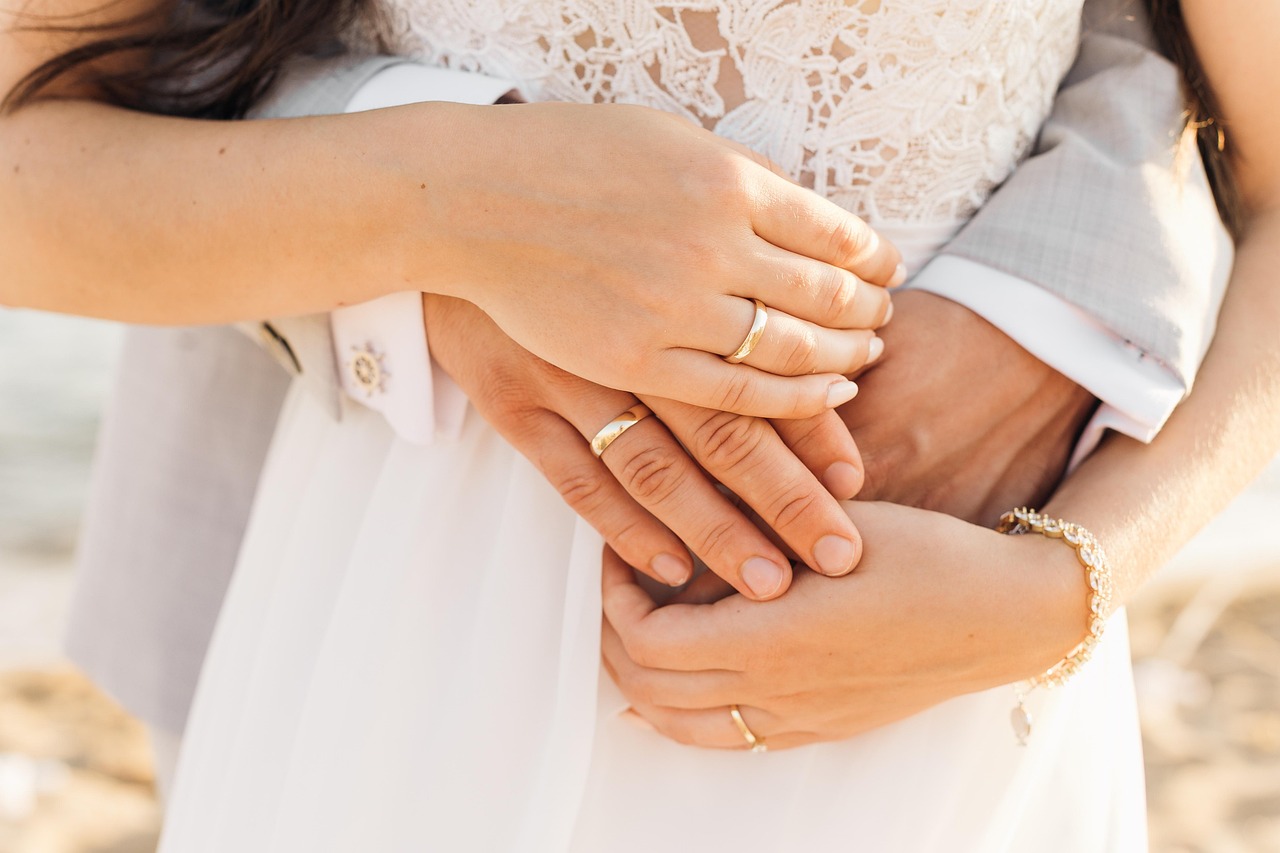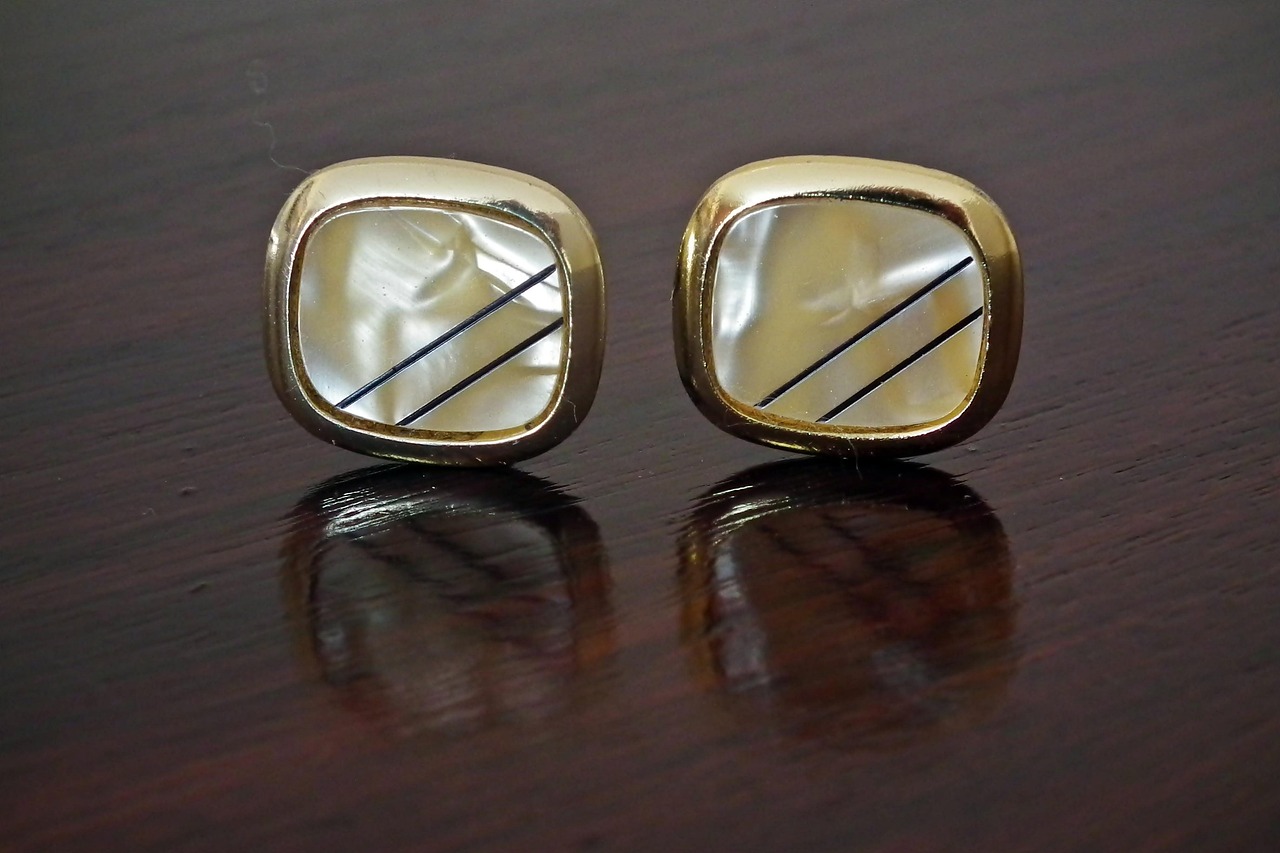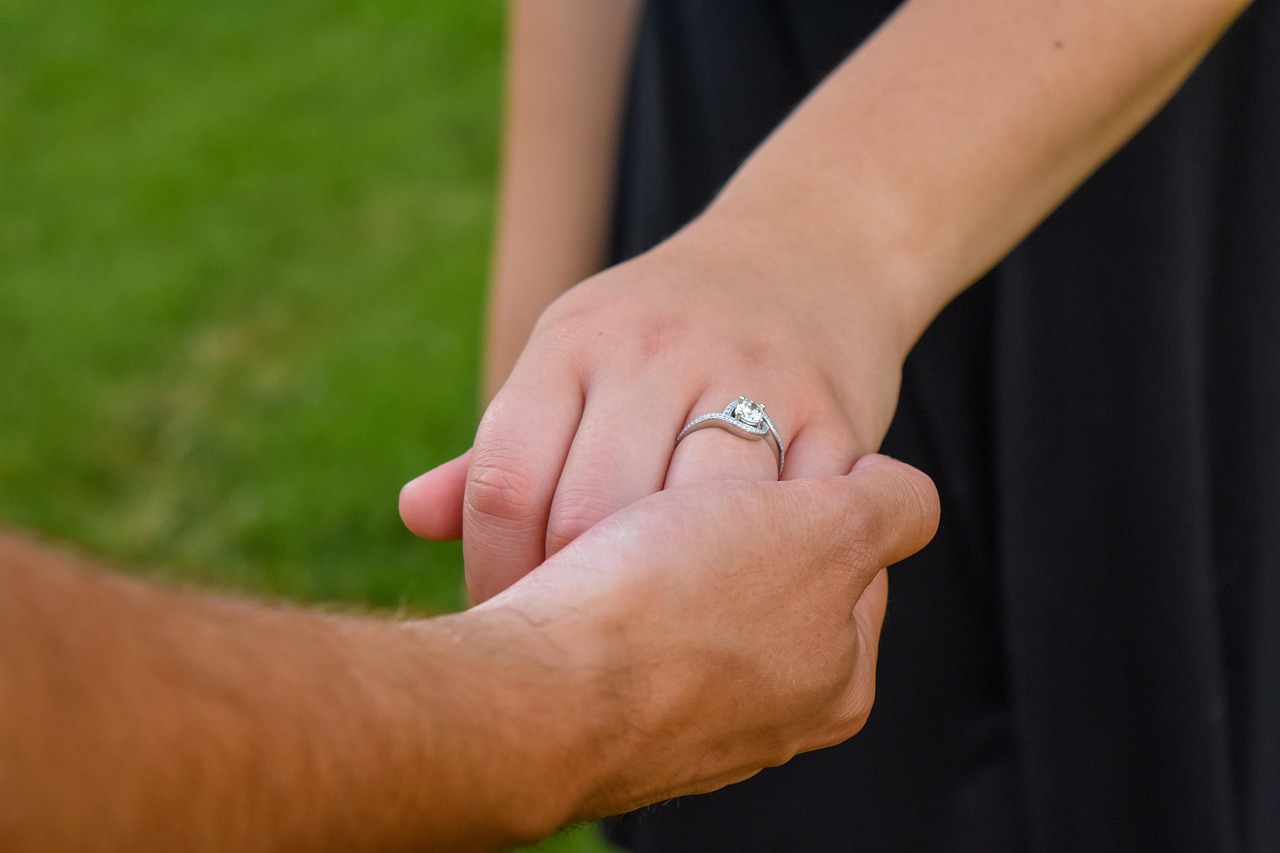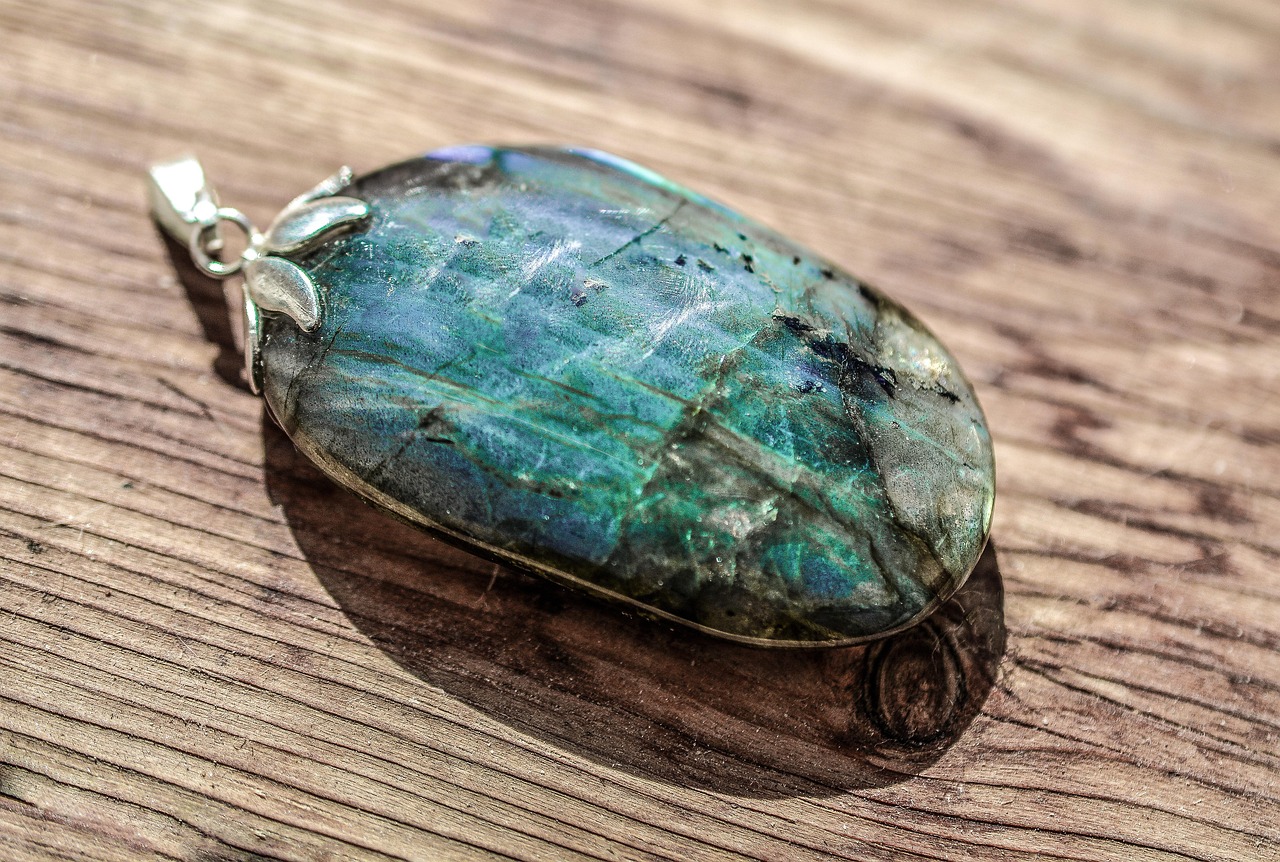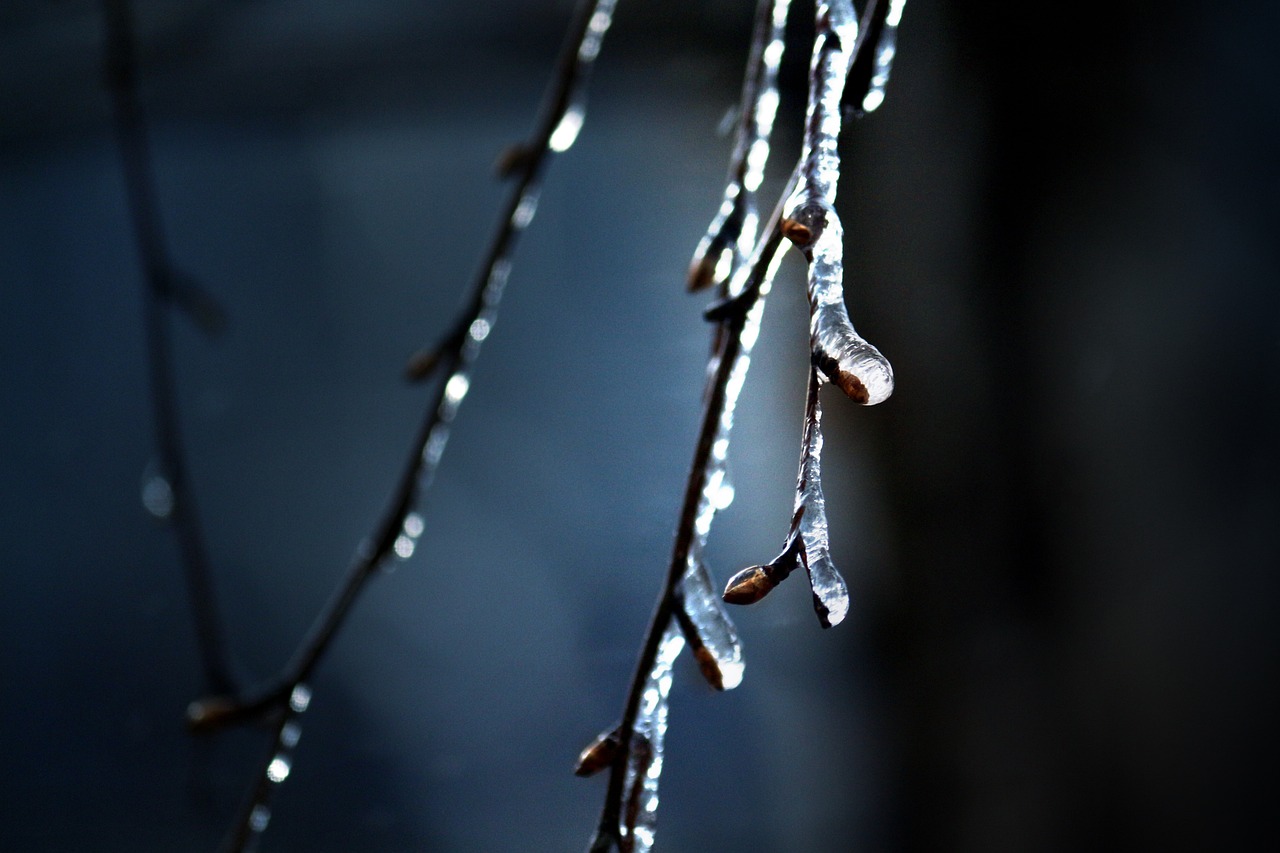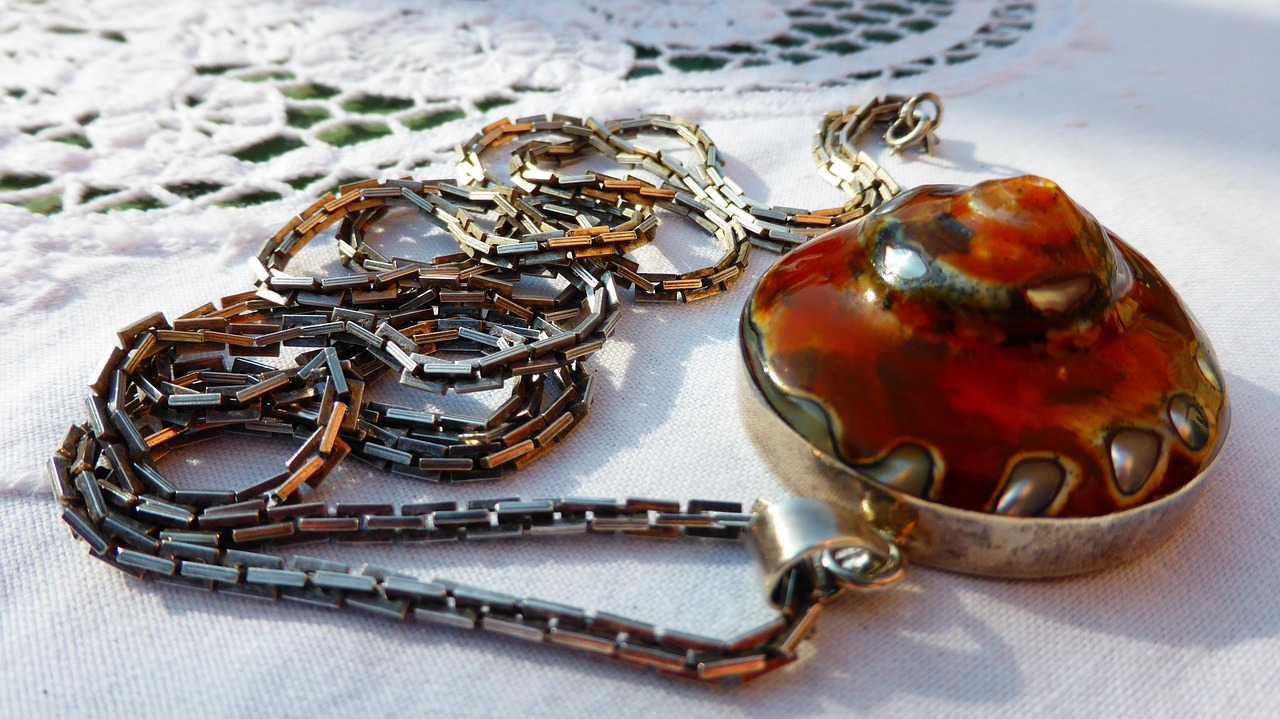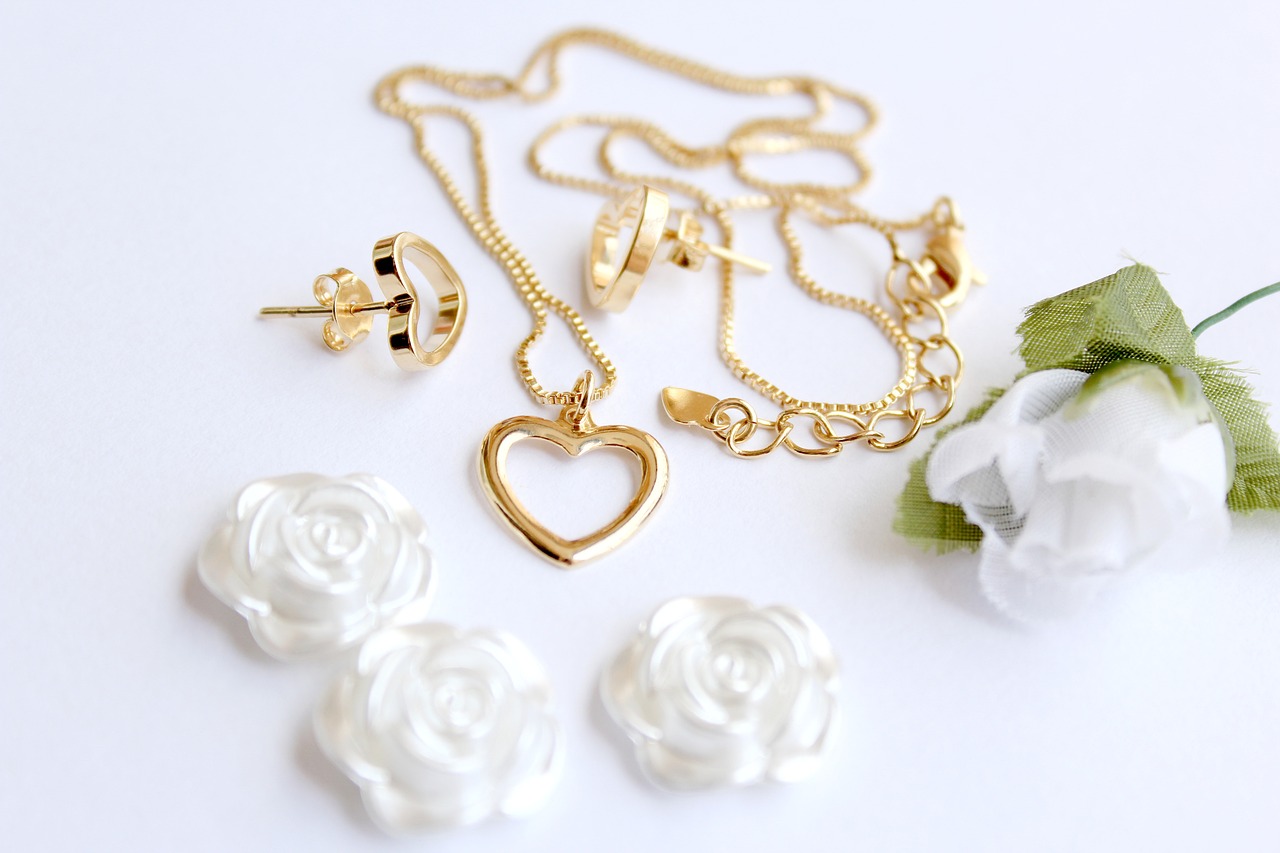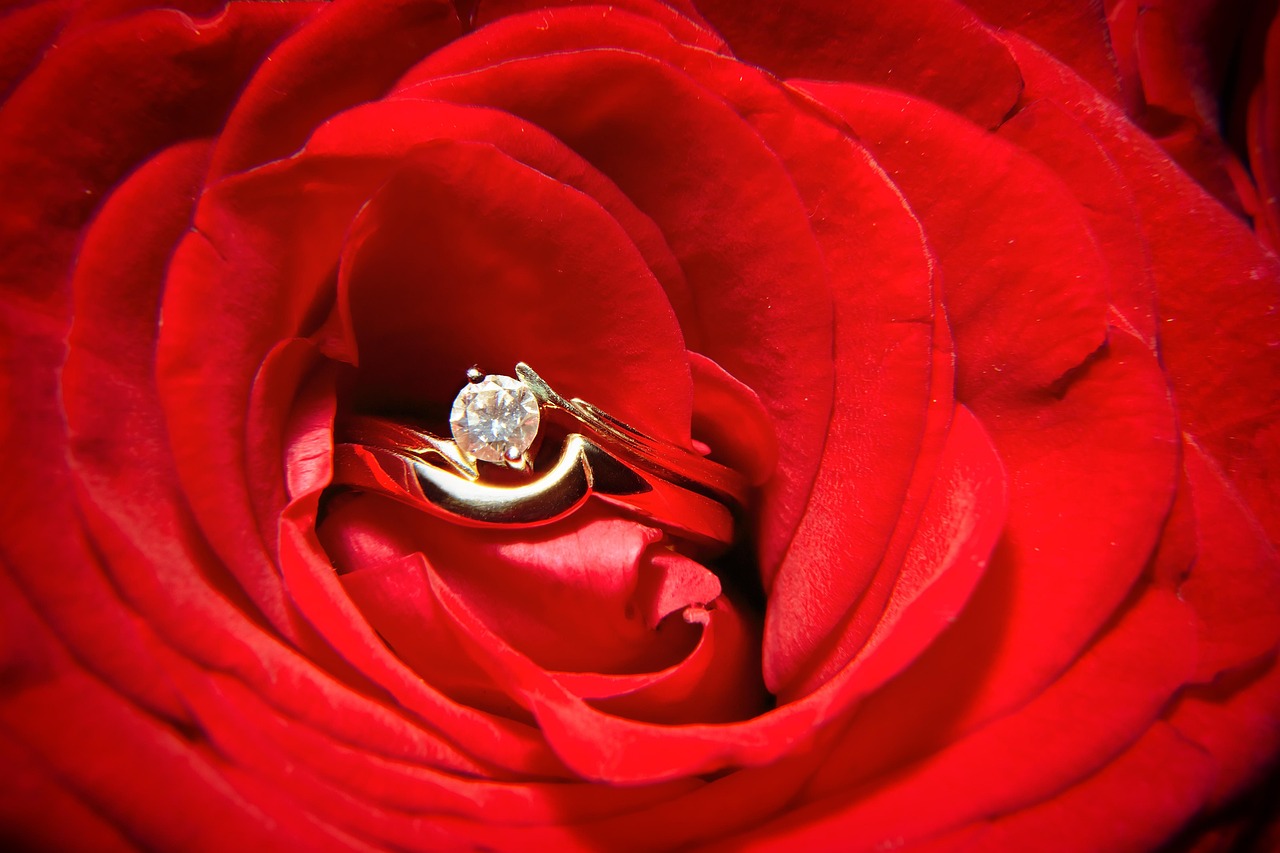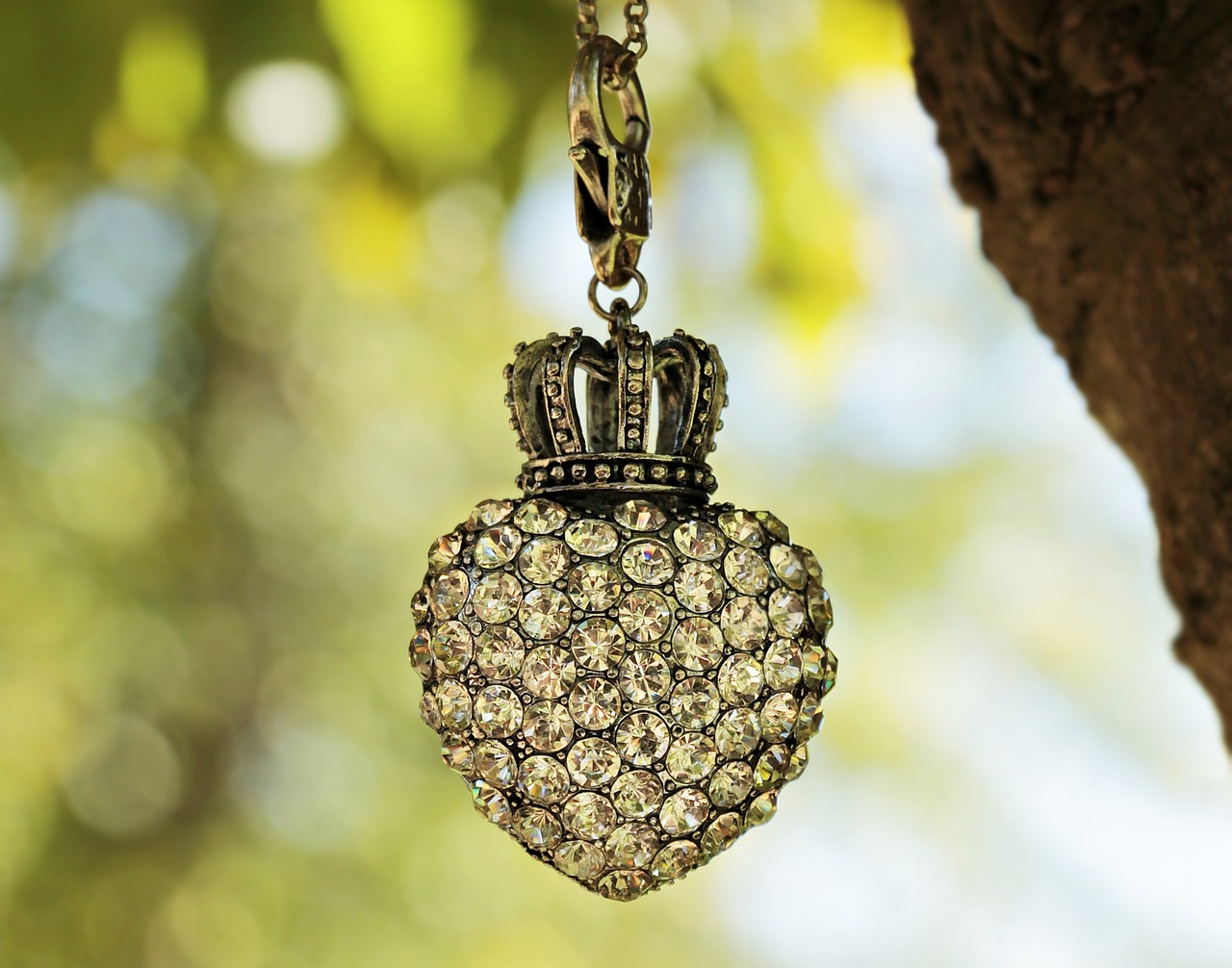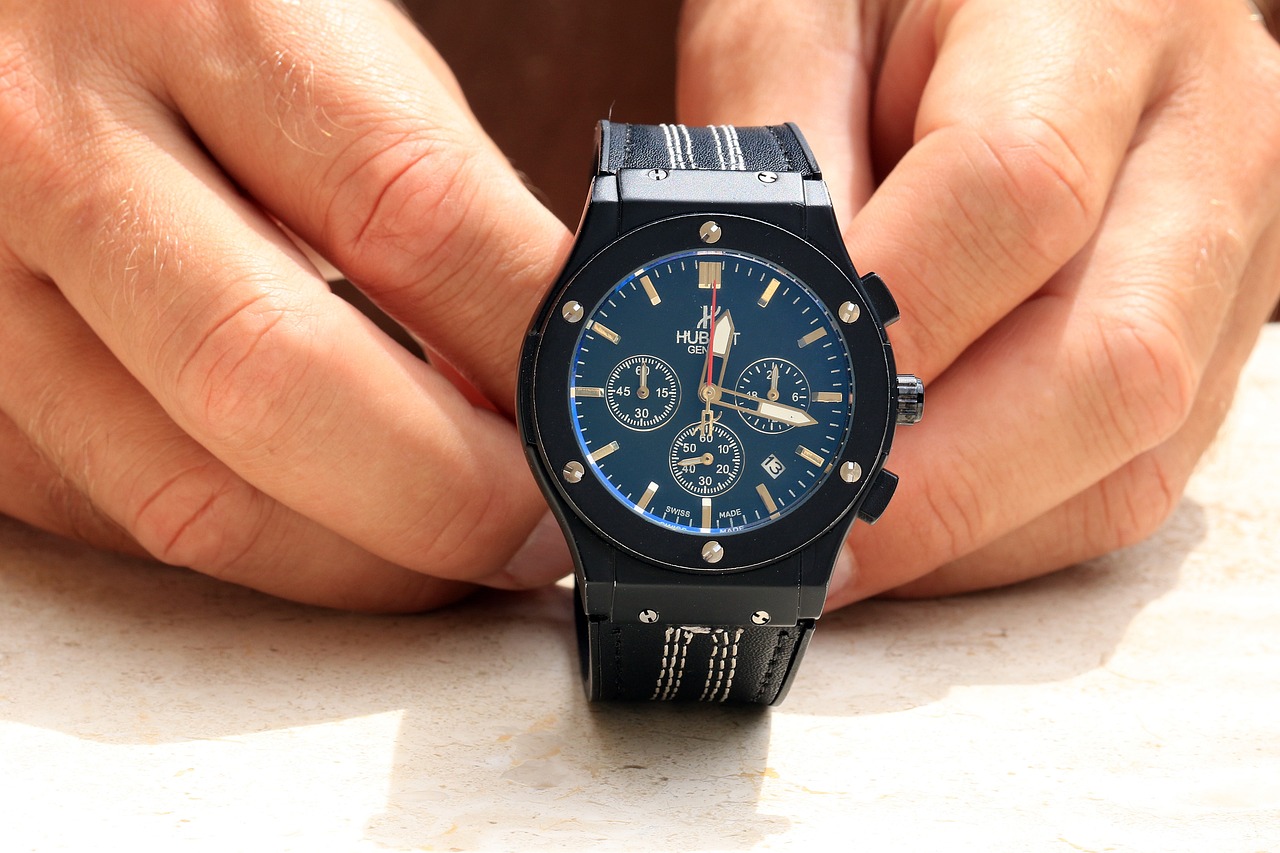Estate jewelry represents a fascinating intersection of history, artistry, and investment potential. As collectors delve into this unique realm, understanding how to profit from these collectible pieces becomes essential. This article will guide you through the essential aspects of estate jewelry, including selection, valuation, and market strategies.
Estate jewelry refers to pre-owned pieces that are sold after the original owner has passed away. These items can range from vintage treasures to modern designs, each carrying its own story and value. Recognizing the definition of estate jewelry is vital for collectors keen on identifying valuable items in the market.
The value of estate jewelry often lies in its craftsmanship, historical significance, and brand. Pieces created by renowned artisans or from prestigious houses often appreciate over time, making them attractive investments. Understanding these factors can empower collectors to make informed purchasing decisions.
Identifying authentic estate jewelry involves a meticulous examination of hallmarks, materials, and craftsmanship. Knowledge of these elements is crucial for avoiding counterfeit items and ensuring a wise investment. Always look for documentation or certificates that accompany the piece to verify its authenticity.
Collectors can discover estate jewelry at various venues, including auctions, estate sales, and specialized jewelry stores. Each of these locations offers unique opportunities to find valuable pieces. Researching the reputation of sellers and understanding the market can greatly enhance your chances of finding high-quality items.
Assessing the condition of estate jewelry is essential for determining its value. Factors such as wear, repairs, and overall appearance play a significant role in evaluation. A well-maintained piece will often command a higher price, while items showing excessive wear may require repairs that can diminish their value.
Certain types of estate jewelry, such as vintage pieces or designer brands, tend to appreciate over time. Understanding current trends and market demand can guide collectors toward profitable investments. Always keep an eye on emerging styles and historical pieces that capture collectors’ interest.
Proper care and maintenance of estate jewelry can preserve its value and condition. Learning about cleaning and storage techniques is vital for any collector. Avoid harsh chemicals and opt for gentle cleaning methods to ensure longevity. Store pieces separately to prevent scratching and damage.
Provenance, or the history of ownership, can significantly enhance the value of estate jewelry. Collectors should seek documentation to establish authenticity and historical context. Items with well-documented histories often attract higher bids at auctions and can be more appealing to potential buyers.
Selling estate jewelry requires strategic planning to maximize profits. Understanding the market, timing, and sales channels can greatly impact the final sale price. Consider utilizing both online platforms and traditional auction houses to reach a broader audience. Highlighting unique features and provenance can attract more buyers.
Investing in estate jewelry carries certain risks, including market fluctuations and authenticity issues. Being aware of these risks can help collectors make informed decisions. Regularly updating knowledge about market trends and maintaining connections within the jewelry community can mitigate potential losses.
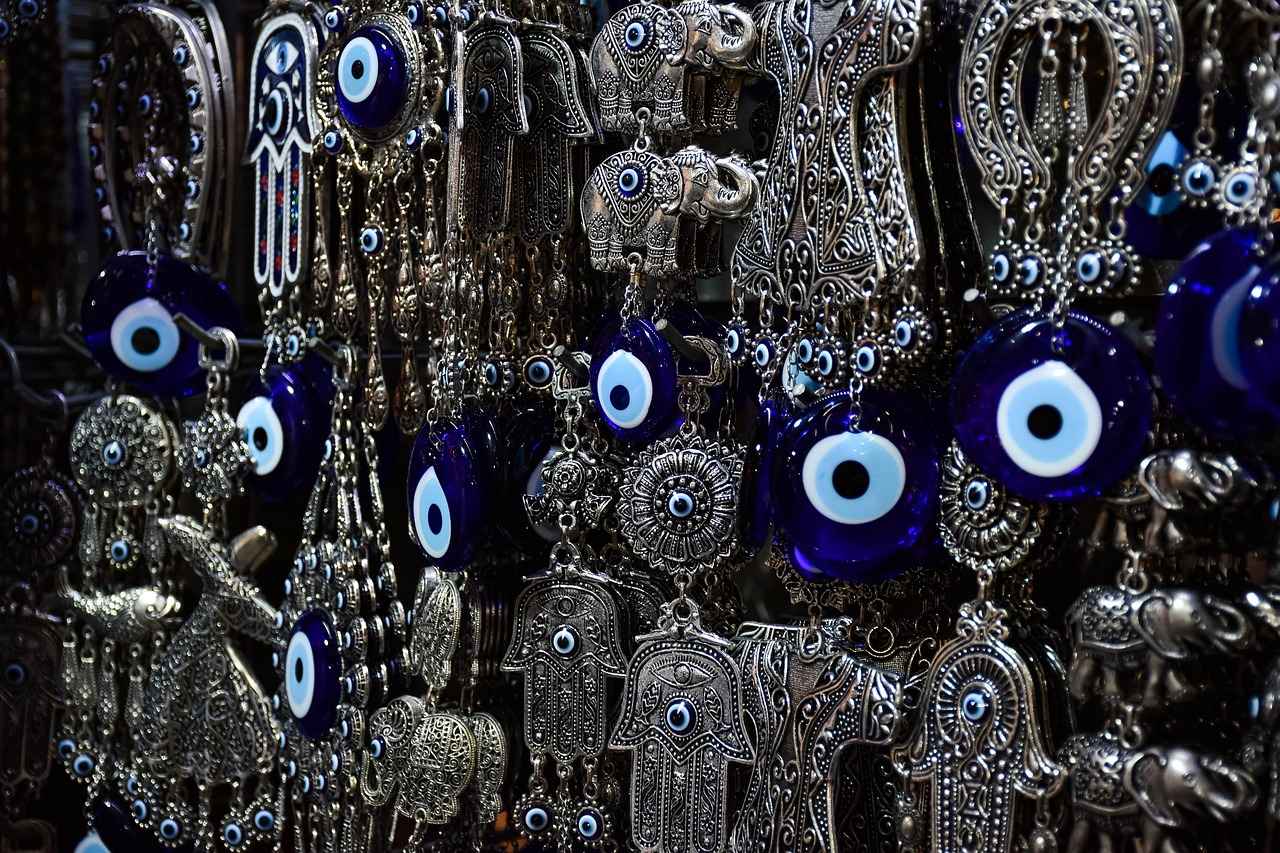
What is Estate Jewelry?
Estate jewelry refers to pre-owned pieces that are sold after the original owner has passed away. These items often carry a unique charm and history, making them appealing to collectors and enthusiasts alike. Understanding estate jewelry’s definition is crucial for identifying valuable items in the market, as it opens up a world of opportunities for both new and seasoned collectors.
Estate jewelry encompasses a wide range of styles, periods, and materials. From vintage rings to antique necklaces, each piece tells a story and can reflect the tastes and preferences of its previous owner. This category of jewelry is not only about aesthetics; it also holds significant historical value and can serve as a tangible connection to the past.
Many collectors are drawn to estate jewelry for its affordability compared to new pieces of similar quality. While contemporary jewelry often comes with a hefty price tag due to brand new materials and modern craftsmanship, estate jewelry can offer a more budget-friendly alternative without sacrificing beauty or quality. This makes it an attractive option for those looking to expand their collection without breaking the bank.
Additionally, estate jewelry can be a fantastic investment opportunity. Certain pieces, especially those from renowned designers or with unique characteristics, can appreciate significantly over time. Collectors who understand the market and keep an eye on trends can make informed decisions about which pieces to acquire. This knowledge can lead to profitable returns when it comes time to sell.
When exploring the world of estate jewelry, one must also consider the emotional aspect. Each piece carries its own story, often associated with cherished memories or significant life events. This emotional connection can enhance the value of the jewelry, both personally and financially. Collectors often find joy in uncovering the history behind their acquisitions, adding another layer of significance to their collections.
In summary, estate jewelry is not merely a category of pre-owned adornments; it is a vibrant market filled with potential treasures waiting to be discovered. Understanding its definition and the various factors that contribute to its value enables collectors to navigate this fascinating world effectively. Whether for personal enjoyment or investment purposes, estate jewelry offers a unique blend of beauty, history, and opportunity.

Why is Estate Jewelry Valuable?
When it comes to estate jewelry, understanding its value is essential for collectors and enthusiasts alike. The worth of these unique pieces often extends beyond mere aesthetics, encompassing elements such as craftsmanship, historical significance, and brand reputation. By delving deeper into these factors, collectors can make more informed purchasing decisions and potentially profit from their investments.
The craftsmanship of estate jewelry is a significant contributor to its value. High-quality materials, intricate designs, and skilled artistry can elevate a piece from ordinary to extraordinary. Collectors should look for signs of exceptional workmanship, such as:
- Intricate detailing that showcases the jeweler’s skill
- Use of precious metals like gold, platinum, or sterling silver
- Unique gemstone settings that enhance the overall aesthetic
Pieces that exhibit superior craftsmanship are often sought after, making them more valuable in the eyes of collectors.
The historical significance of estate jewelry can also add considerable value. Jewelry that has been owned by notable figures or has connections to specific historical events can be particularly appealing. Collectors should research the history behind a piece, including:
- The original owner and their background
- Any notable events associated with the piece
- Documentation or provenance that supports its history
Establishing a piece’s historical context can enhance its appeal and value in the market.
The brand of the jewelry can significantly impact its value. Well-known designers or luxury brands often command higher prices due to their reputation for quality and exclusivity. Collectors should pay attention to:
- The designer’s history and their impact on the jewelry industry
- The rarity of the piece in relation to the brand’s production
- Current market trends for specific brands
Pieces from renowned brands not only hold their value but may also appreciate over time, making them attractive investments.
In addition to craftsmanship, historical significance, and brand reputation, market trends play a crucial role in determining the value of estate jewelry. Awareness of current trends can help collectors identify pieces that are likely to appreciate in value. Considerations include:
- Popularity of certain styles or eras, such as Art Deco or Victorian
- Demand for specific gemstones or materials
- Emerging trends in jewelry design and fashion
Staying informed about market trends allows collectors to make strategic purchasing decisions that align with potential future value.
Ultimately, the value of estate jewelry is multifaceted, influenced by craftsmanship, historical significance, brand reputation, and market trends. By understanding these factors, collectors can navigate the estate jewelry market with greater confidence and make informed decisions that could lead to profitable investments.
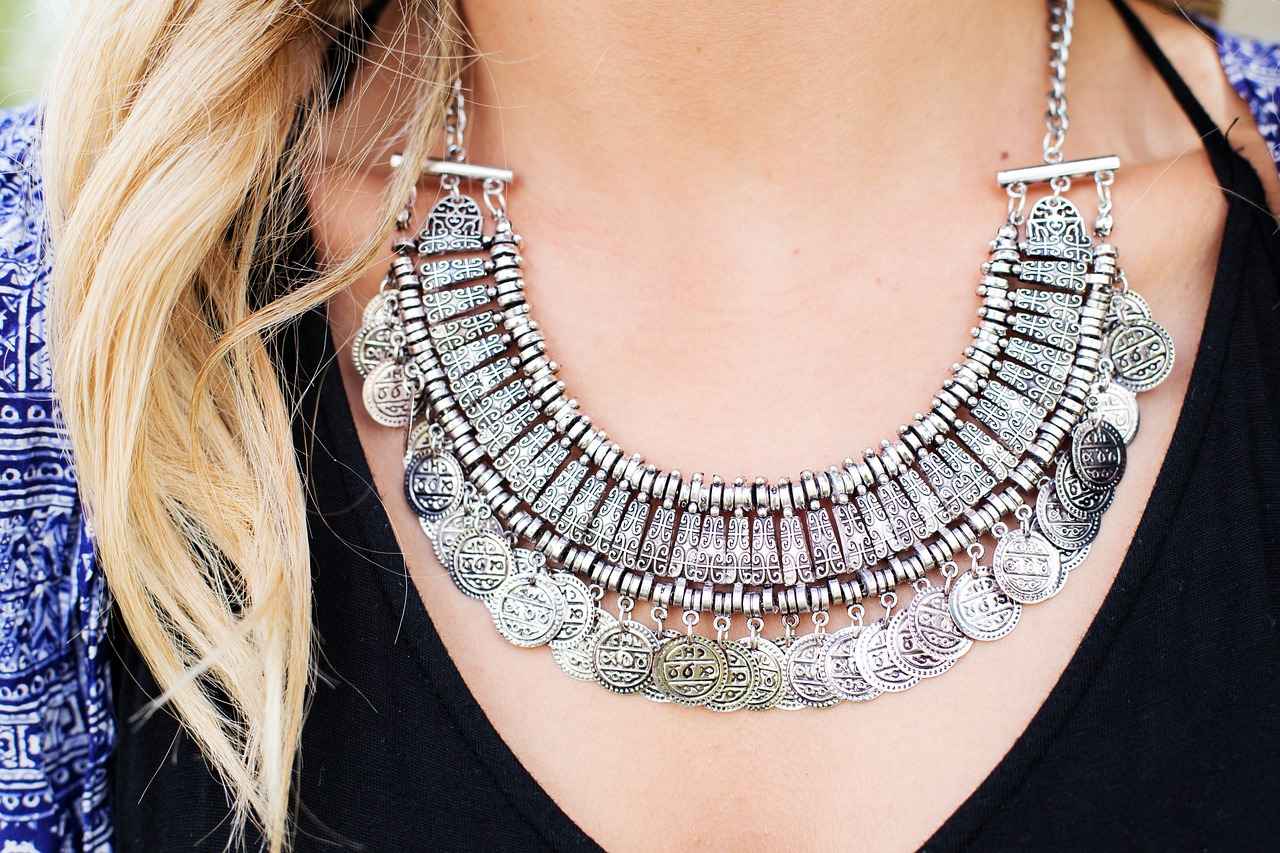
How to Identify Authentic Estate Jewelry?
Identifying authentic estate jewelry is crucial for any collector or investor looking to make wise purchases. The uniqueness and history behind these pieces can often be overshadowed by the prevalence of counterfeit items in the market. Therefore, understanding how to discern genuine estate jewelry from imitations is essential.
Hallmarks are tiny stamps or engravings found on jewelry that indicate the metal’s purity, origin, and sometimes the maker’s identity. For instance, a piece marked with “750” signifies that it is made of 18-karat gold. Familiarizing yourself with common hallmarks can significantly aid in identifying authentic pieces. Researching the hallmark and its corresponding brand can provide insights into the jewelry’s authenticity and potential value.
Authentic estate jewelry is often made from high-quality materials such as gold, silver, platinum, and precious gemstones. When evaluating a piece, consider the following:
- Metal Quality: Assess the weight and feel of the metal. Genuine gold and silver have a certain heft to them compared to plated or costume jewelry.
- Gemstone Authenticity: Learn to identify natural stones versus synthetics. For instance, a real diamond will exhibit certain optical properties that fakes won’t.
High-quality craftsmanship is a hallmark of authentic estate jewelry. Look for:
- Detailing: Intricate designs and attention to detail often indicate a well-made piece.
- Finishing: Smooth edges and polished surfaces are signs of quality craftsmanship.
- Weight: Genuine jewelry typically feels heavier than its counterfeit counterparts.
Having a solid understanding of hallmarks, materials, and craftsmanship can prevent costly mistakes. Counterfeit items may look appealing at first glance, but they often lack the quality and history of authentic pieces. By educating yourself, you can ensure that your investments are sound and that your collection remains valuable over time.
If you’re ever in doubt about the authenticity of a piece, consulting with a professional appraiser or jeweler can provide peace of mind. Experts can offer insights based on their experience and may even help you uncover hidden details that confirm a piece’s authenticity.
In today’s digital age, various tools can assist in identifying authentic estate jewelry. Apps and online databases can help you verify hallmarks and materials quickly. Additionally, consider using a jeweler’s loupe or microscope to examine small details that may not be visible to the naked eye.
In summary, identifying authentic estate jewelry involves a multifaceted approach that includes examining hallmarks, materials, and craftsmanship. This knowledge is not only essential for avoiding counterfeit items but also for making wise investments that can appreciate over time. By taking the time to educate yourself and possibly seeking expert advice, you can navigate the estate jewelry market with confidence.
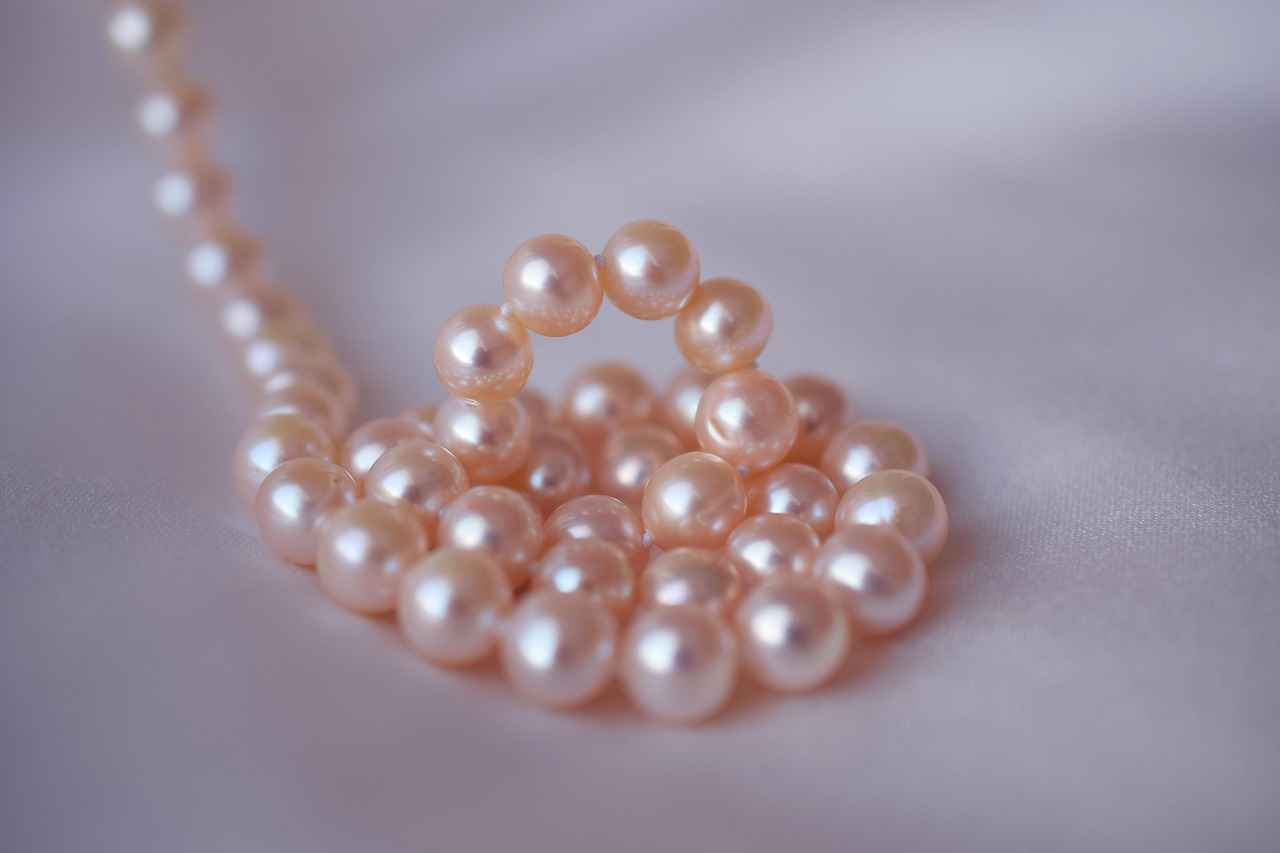
Where to Buy Estate Jewelry?
When it comes to acquiring estate jewelry, knowing where to shop can significantly enhance your chances of discovering valuable and unique pieces. Estate jewelry, often rich in history and craftsmanship, can be found in various places, each offering distinct advantages for collectors.
One of the most exciting venues for finding estate jewelry is at auctions. Auction houses often feature a curated selection of pieces, ranging from vintage to contemporary styles. Attending an auction allows collectors to:
- Bid on unique items: Auctions frequently showcase one-of-a-kind pieces that may not be available elsewhere.
- Engage with experts: Many auction houses employ specialists who can provide insights into the value and history of the items.
- Set your own price: Bidding gives you the opportunity to determine how much you are willing to pay for a piece.
Another excellent source for estate jewelry is estate sales. These sales occur when individuals or families liquidate the possessions of a deceased loved one. Estate sales can offer:
- Lower prices: Unlike retail stores, estate sales often feature negotiable prices, allowing for potential bargains.
- A personal touch: You can often learn about the history of the pieces directly from the sellers, adding depth to your collection.
- A diverse selection: Estate sales can include a wide variety of jewelry styles, from antique to modern.
For those seeking a more curated experience, specialized jewelry stores that focus on estate pieces can be an excellent option. These stores typically offer:
- Expert curation: Pieces are often handpicked for quality and authenticity, ensuring a high standard.
- In-depth knowledge: Staff members are usually knowledgeable about the pieces they sell, providing valuable information regarding provenance and care.
- Warranties and guarantees: Many specialized stores offer guarantees on their pieces, giving collectors peace of mind.
In today’s digital age, online platforms have become increasingly popular for buying estate jewelry. Websites like eBay, Etsy, and specialized online auction sites allow collectors to:
- Browse a vast selection: Online platforms provide access to a global market, increasing the variety of items available.
- Research before purchasing: Buyers can often find reviews and ratings for sellers, helping to ensure a positive purchasing experience.
- Shop from home: The convenience of online shopping allows collectors to browse at their leisure.
In conclusion, whether you prefer the thrill of an auction, the personal touch of an estate sale, the expertise of a specialized store, or the convenience of online shopping, there are numerous avenues to explore when searching for estate jewelry. Each option has its unique benefits, and understanding these can help you make informed decisions, ultimately leading to the acquisition of valuable and cherished pieces.
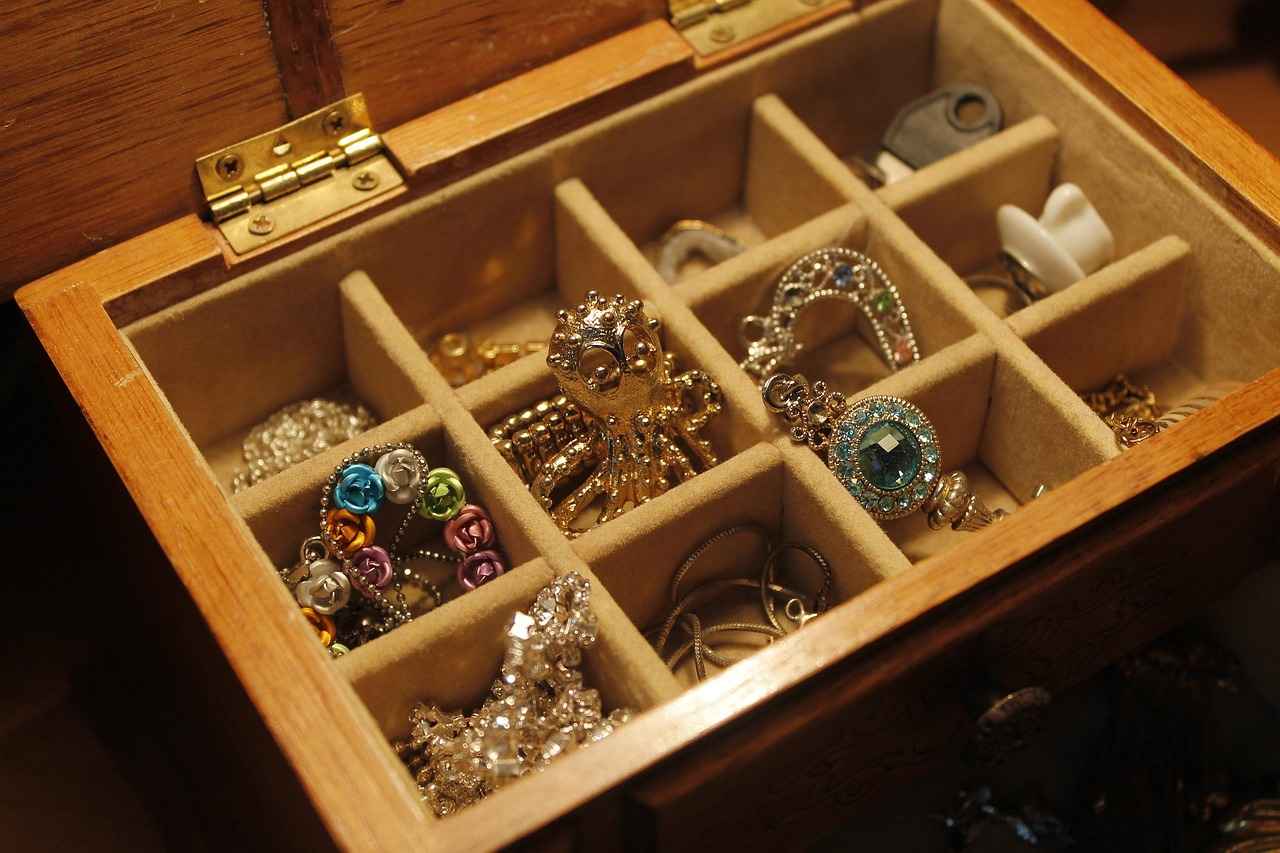
How to Evaluate the Condition of Estate Jewelry?
Evaluating the condition of estate jewelry is a crucial step in determining its overall value and marketability. This process involves a meticulous examination of various factors that contribute to the piece’s integrity and appeal. Understanding these elements can empower collectors and sellers alike to make informed decisions.
- Wear and Tear: Over time, jewelry can experience significant wear. This includes scratches, dents, and general dullness that may affect its appearance.
- Repairs: Previous repairs can either enhance or detract from a piece’s value. Well-executed repairs can restore functionality and aesthetics, while poor repairs can lead to a decrease in worth.
- Overall Appearance: The visual appeal of the jewelry, including clarity of gemstones and shine of metals, plays a vital role in its assessment.
When evaluating estate jewelry, it’s essential to conduct a thorough inspection. Here are some steps to follow:
- Visual Examination: Start by examining the piece under good lighting. Look for any signs of damage, such as chips in gemstones or tarnishing in metals.
- Check for Hallmarks: Authentic estate jewelry often bears hallmarks that indicate the maker, metal purity, and origin. This can provide insight into its value.
- Assess the Setting: The way gemstones are set can affect both the aesthetics and security of the piece. Ensure that stones are secure and that the setting is intact.
While personal evaluation is valuable, seeking a professional appraisal can provide a more accurate assessment of the jewelry’s condition and value. Appraisers have the expertise to identify subtle details that may not be immediately apparent to the untrained eye.
Documentation is crucial in establishing the history and authenticity of estate jewelry. Receipts, certificates, and provenance records can enhance the piece’s value and provide potential buyers with assurance.
The condition of estate jewelry directly impacts its resale value. A piece in excellent condition will fetch a higher price compared to one that shows significant wear or poor repairs. Therefore, maintaining the jewelry’s condition through proper care and storage is essential for maximizing its value.
- Regular Cleaning: Use appropriate cleaning methods for different materials to prevent buildup that can lead to deterioration.
- Safe Storage: Store jewelry in a cool, dry place, ideally in a soft pouch or a lined box to prevent scratches and tangling.
- Avoid Harsh Chemicals: Keep estate jewelry away from harsh cleaning agents that can damage the materials.
In summary, evaluating the condition of estate jewelry involves a careful assessment of various factors, including wear, repairs, and overall appearance. By following these guidelines and consulting professionals when necessary, collectors can ensure they are making informed decisions that reflect the true value of their pieces.

What Are the Best Types of Estate Jewelry to Invest In?
Investing in estate jewelry can be a rewarding venture for collectors and enthusiasts alike. Understanding the types of jewelry that hold value over time is crucial for making informed investment decisions. In this section, we will explore what types of estate jewelry are the best to invest in, focusing on vintage pieces and designer brands that have shown a tendency to appreciate in value.
Vintage estate jewelry is defined as pieces that are at least 20 to 30 years old. These items often carry a unique charm and craftsmanship that modern pieces may lack. Vintage jewelry is highly sought after for several reasons:
- Unique Designs: Vintage pieces often feature intricate designs that are not commonly found in contemporary jewelry.
- Historical Significance: Many vintage items tell a story, reflecting the era in which they were made, which can enhance their appeal.
- Limited Availability: As time passes, vintage pieces become harder to find, increasing their value.
Investing in designer estate jewelry can also yield significant returns. Renowned brands like Cartier, Tiffany & Co., and Van Cleef & Arpels are known for their quality and craftsmanship. Here’s why investing in designer brands is often a wise choice:
- Brand Recognition: Established brands have a loyal customer base, making their pieces more desirable.
- High Resale Value: Designer jewelry typically retains its value better than non-branded items, making it easier to sell in the future.
- Quality Craftsmanship: Designer pieces are often made with superior materials and craftsmanship, contributing to their longevity.
Understanding current market trends is essential for successful investing. Certain styles, such as Art Deco or Mid-Century Modern, have seen a resurgence in popularity. Collectors should pay attention to:
- Fashion Trends: Keep an eye on what styles are currently trending in the fashion world, as this can influence the desirability of certain pieces.
- Collector Demand: Follow auction results and sales reports to gauge which types of jewelry are fetching high prices.
- Condition and Rarity: The condition of the piece and its rarity can significantly impact its value, so always prioritize these factors when investing.
For those new to collecting, starting with a few key pieces can be beneficial. Consider beginning with:
- Classic Designs: Opt for timeless pieces that won’t go out of style.
- Smaller Brands: Explore lesser-known brands that may offer unique designs at a lower price point.
- Estate Sales and Auctions: Attend estate sales and auctions to find hidden gems at a fraction of their retail price.
In conclusion, when considering what types of estate jewelry to invest in, focus on vintage pieces and reputable designer brands. By staying informed about market trends and understanding the nuances of jewelry valuation, collectors can make wise investment choices that not only enhance their collections but also provide potential financial returns.
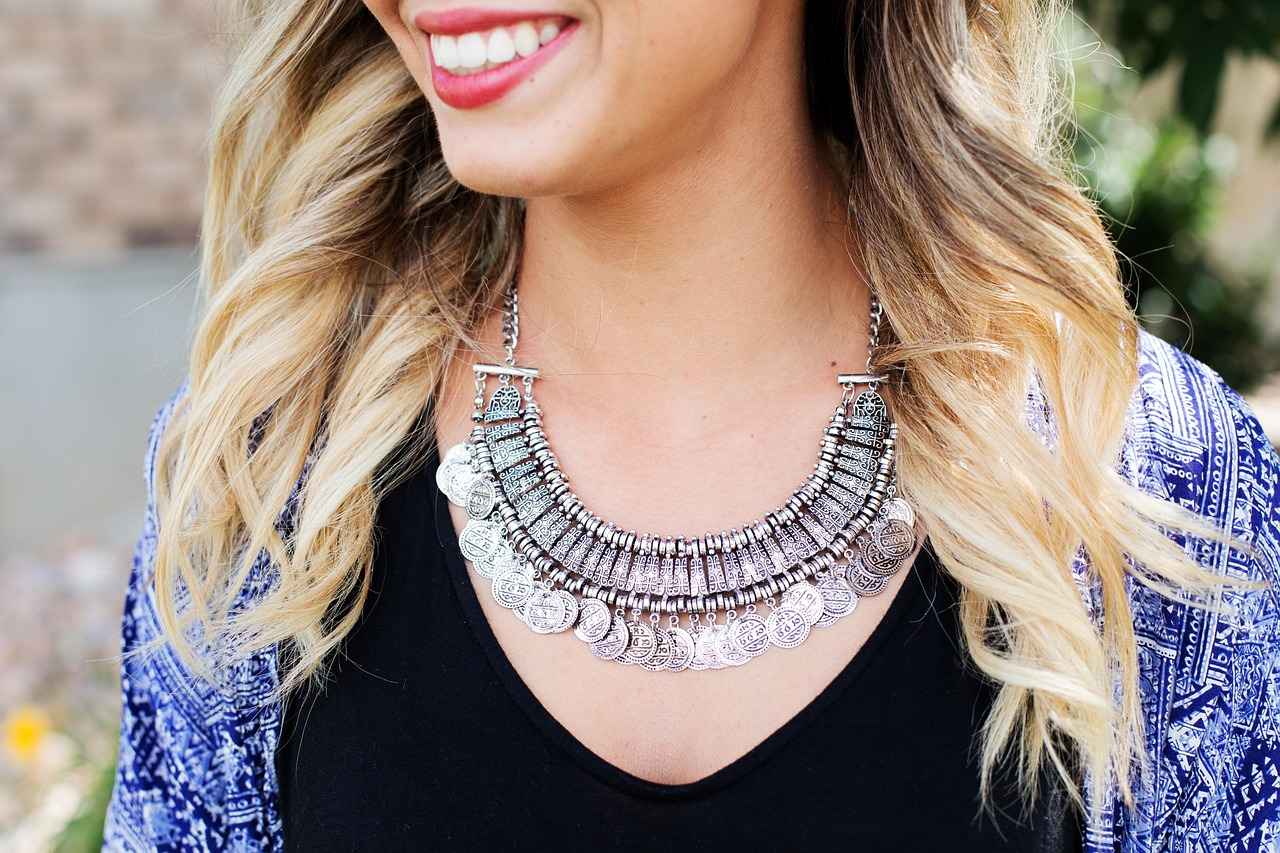
How to Care for Estate Jewelry?
Estate jewelry is not only a treasure trove of history and artistry but also an investment that requires careful attention to maintain its beauty and value. Understanding the proper care and maintenance techniques is essential for any collector looking to preserve these unique pieces for future generations.
Estate jewelry can be delicate and intricate, often made from a variety of materials that can deteriorate over time without proper care. Regular maintenance helps prevent damage, enhances the longevity of the pieces, and ensures that their value is preserved. Collectors who neglect care may find their investments losing both aesthetic appeal and market value.
Cleaning estate jewelry should be done with caution to avoid damaging the materials. Here are some effective methods:
- Gentle Soap Solution: Mix a few drops of mild dish soap with warm water. Use a soft cloth or a soft-bristled toothbrush to gently clean the pieces.
- Ultrasonic Cleaners: While effective, these should only be used on robust pieces, as they can damage delicate settings and softer stones.
- Professional Cleaning: For valuable or intricate items, consider seeking a professional jeweler’s assistance for a thorough cleaning.
How you store your estate jewelry can significantly affect its condition. Here are some tips for optimal storage:
- Use Individual Pouches: Store each piece in a soft pouch or separate compartment to prevent scratching and tangling.
- Climate Control: Keep jewelry in a climate-controlled environment to avoid humidity and temperature fluctuations that can cause damage.
- Avoid Direct Sunlight: Prolonged exposure to sunlight can fade gemstones and damage materials, so store jewelry in a dark place when not in use.
Conducting regular inspections of your estate jewelry is crucial. Check for:
- Loose Stones: Ensure that all gemstones are secure in their settings to prevent loss.
- Wear and Tear: Look for signs of wear, such as scratches or tarnishing, and address these issues promptly.
- Professional Appraisals: Consider getting your pieces appraised regularly to keep track of their value and condition.
Many collectors make mistakes that can lead to damage or loss of value. Here are common pitfalls:
- Using Harsh Chemicals: Avoid cleaning agents that contain bleach or ammonia, as they can damage metals and stones.
- Wearing Jewelry During Activities: Remove jewelry before engaging in sports, swimming, or cleaning to prevent accidental damage.
- Ignoring Repairs: Don’t delay repairs for broken clasps or loose stones, as this can lead to more extensive damage.
By implementing these care and maintenance strategies, collectors can ensure that their estate jewelry remains in excellent condition, preserving both its beauty and investment potential. Remember, a little effort goes a long way in maintaining the allure and value of these timeless pieces.

What Role Does Provenance Play in Value?
Understanding Provenance in Estate Jewelry
When it comes to estate jewelry, provenance—the history of ownership—plays a pivotal role in determining its value. Collectors and enthusiasts alike recognize that a well-documented history can significantly enhance the desirability and price of a piece. This article delves into the various aspects of provenance and how it can impact the value of estate jewelry.
Provenance provides a narrative that connects the jewelry to its original owner, often revealing fascinating stories that can add emotional and historical significance. For instance, pieces once owned by celebrities or historical figures can command much higher prices due to their notable pasts.
- Authenticity: Provenance helps establish the authenticity of a piece, ensuring that it is not a counterfeit. Documentation such as receipts, photographs, and expert appraisals can validate a piece’s origin.
- Historical Context: Understanding the era in which a piece was created can also enhance its value. Jewelry from a specific period, such as Art Deco or Victorian, often carries a premium due to its cultural significance.
- Emotional Connection: The story behind a piece can resonate with potential buyers, making them more inclined to invest in jewelry that has a rich history.
Collectors should actively seek out documentation that traces the ownership of a piece. Here are some methods to research provenance:
- Consult Experts: Engaging with jewelry appraisers or historians can provide valuable insights into a piece’s background.
- Check Auction Records: Many auction houses maintain records of previous sales, which can help establish a piece’s history.
- Use Online Databases: Various online platforms allow collectors to trace the history of jewelry items, making research more accessible.
The demand for estate jewelry is often influenced by its provenance. Pieces with well-documented histories tend to attract more interest from collectors. For example, a vintage brooch that once belonged to a famous actress may sell for significantly more than a similar piece without a notable background. Factors that can drive demand include:
- Celebrity Ownership: Jewelry once owned by celebrities often sees a spike in value due to their fame.
- Historical Events: Items linked to significant historical events or movements can also garner higher interest.
- Artistic Significance: Pieces created by renowned designers or artisans often hold more value due to their craftsmanship and artistic merit.
To establish provenance, collectors should aim to gather various types of documentation:
- Certificates of Authenticity: These documents verify the legitimacy of the piece and its historical significance.
- Previous Appraisals: Appraisal reports can provide insights into the piece’s value and confirm its history.
- Ownership Records: Any records of previous ownership can strengthen the provenance narrative.
In conclusion, understanding and documenting the provenance of estate jewelry is essential for collectors looking to enhance the value of their pieces. By recognizing the importance of ownership history, collectors can make informed decisions that not only enrich their collections but also ensure profitable investments in the future.

How to Sell Estate Jewelry for Maximum Profit?
When it comes to selling estate jewelry, a well-thought-out strategy can make all the difference in achieving maximum profit. The world of estate jewelry is both fascinating and complex, requiring a deep understanding of various factors that influence pricing and buyer interest. Below, we explore essential elements that can help you navigate this market effectively.
Before selling your estate jewelry, it’s crucial to understand the market. Research current trends in jewelry sales, including popular styles and materials. For instance, vintage pieces and designer brands often fetch higher prices. Utilize online platforms, auction results, and jewelry appraisal websites to gain insight into how similar items are selling.
Timing can significantly impact the sale price of your jewelry. Consider selling during peak seasons, such as the holiday season or special occasions like anniversaries. Additionally, keep an eye on economic trends; for example, during times of economic stability, luxury items tend to sell better.
There are several avenues to explore when selling estate jewelry, each with its own advantages:
- Online Marketplaces: Websites like eBay and Etsy allow you to reach a global audience.
- Jewelry Auctions: Auction houses can provide a platform for high-value items, often attracting serious collectors.
- Consignment Shops: These shops can help you sell your jewelry while taking a commission, making it a low-effort option.
- Local Jewelers: Some jewelers buy estate pieces directly, which can be a quick way to get cash.
Presentation matters. Clean your jewelry thoroughly and consider having it professionally appraised. A well-documented appraisal can enhance buyer confidence and justify your asking price. Ensure you have any relevant paperwork, such as certificates of authenticity or previous appraisals, readily available.
When listing your jewelry for sale, use high-quality images and detailed descriptions. Highlight key features such as the materials used, craftsmanship, and any unique history associated with the piece. Engaging storytelling can attract potential buyers and enhance perceived value.
Be prepared to negotiate. Understand the minimum price you are willing to accept and be flexible to some extent. Knowing the market value of your piece will empower you during negotiations, allowing you to advocate for a fair price.
In summary, selling estate jewelry for maximum profit involves careful planning and execution. By understanding the market, timing your sale, choosing the right channels, and presenting your pieces attractively, you can optimize your profits. Remember, the jewelry market can fluctuate, so staying informed and adaptable is key to successful selling.

What Are the Risks of Investing in Estate Jewelry?
Investing in estate jewelry can be an exciting venture, filled with the potential for significant returns. However, like any investment, it comes with its own set of risks that collectors should be aware of. Understanding these risks is crucial for making informed decisions and maximizing profitability.
The value of estate jewelry can be heavily influenced by market fluctuations. Economic conditions, trends in fashion, and collector demand can all cause values to rise or fall unexpectedly. For instance, a piece that is highly sought after today may not hold the same allure in the future. Collectors should stay informed about market trends and be prepared for potential declines in value.
One of the most significant risks in the estate jewelry market is the potential for counterfeit items. As the demand for unique and vintage pieces increases, so does the likelihood of encountering fakes. Collectors need to educate themselves on how to identify authentic pieces by examining hallmarks, materials, and craftsmanship. Seeking the expertise of a certified appraiser can also help in verifying authenticity.
The condition of estate jewelry is another critical factor that can affect its value. Pieces that show excessive wear or have undergone poor repairs may not fetch high prices. It is essential for collectors to evaluate the condition of a piece before purchasing it. Understanding the impact of wear, restorations, and overall appearance can guide collectors in making wise investment choices.
Investing in estate jewelry can also come with emotional risks. Collectors may develop a personal attachment to certain pieces, which can cloud their judgment when it comes to selling. This emotional investment can lead to overvaluing a piece or holding onto it longer than necessary, potentially missing out on better investment opportunities. It is vital for collectors to maintain a business-minded approach when making decisions.
Another risk associated with estate jewelry investment is liquidity. Unlike stocks or bonds, which can be sold quickly, estate jewelry may take time to find the right buyer. This lack of liquidity can be a concern, especially if a collector needs to sell quickly for financial reasons. Understanding the marketplace and having a plan for selling can mitigate this risk.
Legal issues can also pose risks in the estate jewelry market. If a piece has unclear provenance or ownership history, it may lead to disputes. Collectors should ensure they have proper documentation and verify the legitimacy of the items they purchase. This diligence can help avoid potential legal complications down the line.
In summary, while investing in estate jewelry can be rewarding, it is essential to be aware of the various risks involved. By understanding market fluctuations, authenticity issues, condition concerns, emotional factors, liquidity, and legal considerations, collectors can make informed decisions that will enhance their investment experience.
Frequently Asked Questions
- What is the best way to start collecting estate jewelry?
Starting your journey in estate jewelry collecting can be thrilling! Begin by researching the types of jewelry that interest you, whether it’s vintage, designer, or specific eras. Attend local estate sales and auctions to get a feel for the market, and don’t hesitate to ask questions from sellers.
- How can I tell if an estate jewelry piece is genuine?
Authenticity is key! Look for hallmarks or stamps that indicate the metal and designer. Inspect the craftsmanship closely—real estate jewelry usually has a level of quality that counterfeit pieces lack. If in doubt, consider consulting a professional appraiser.
- Are there specific brands or designers to look for?
Absolutely! Brands like Tiffany & Co., Cartier, and Van Cleef & Arpels are highly sought after. Vintage pieces from these designers often hold their value well. However, don’t overlook lesser-known designers; sometimes, they can surprise you with their value!
- What should I do if I want to sell my estate jewelry?
When selling, research the current market trends to price your jewelry competitively. Consider listing it at auctions, online marketplaces, or through consignment shops. Timing your sale can also make a big difference—selling during peak seasons can maximize your profits!
- What are the common pitfalls in estate jewelry investing?
Investing in estate jewelry can be rewarding, but be wary of market fluctuations and the risk of purchasing counterfeit items. Always do your homework and, if possible, seek expert advice before making significant purchases. Remember, knowledge is your best ally!
